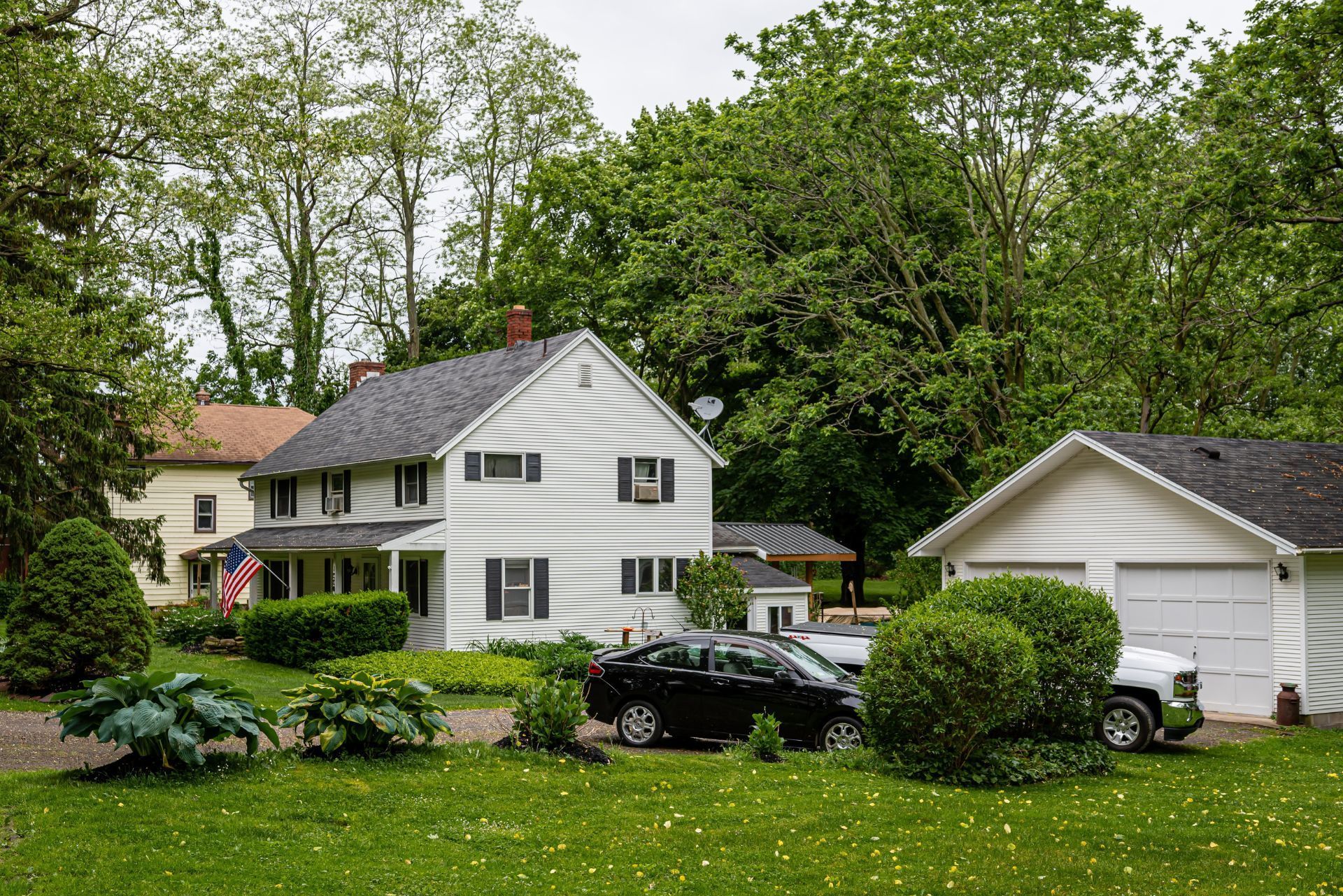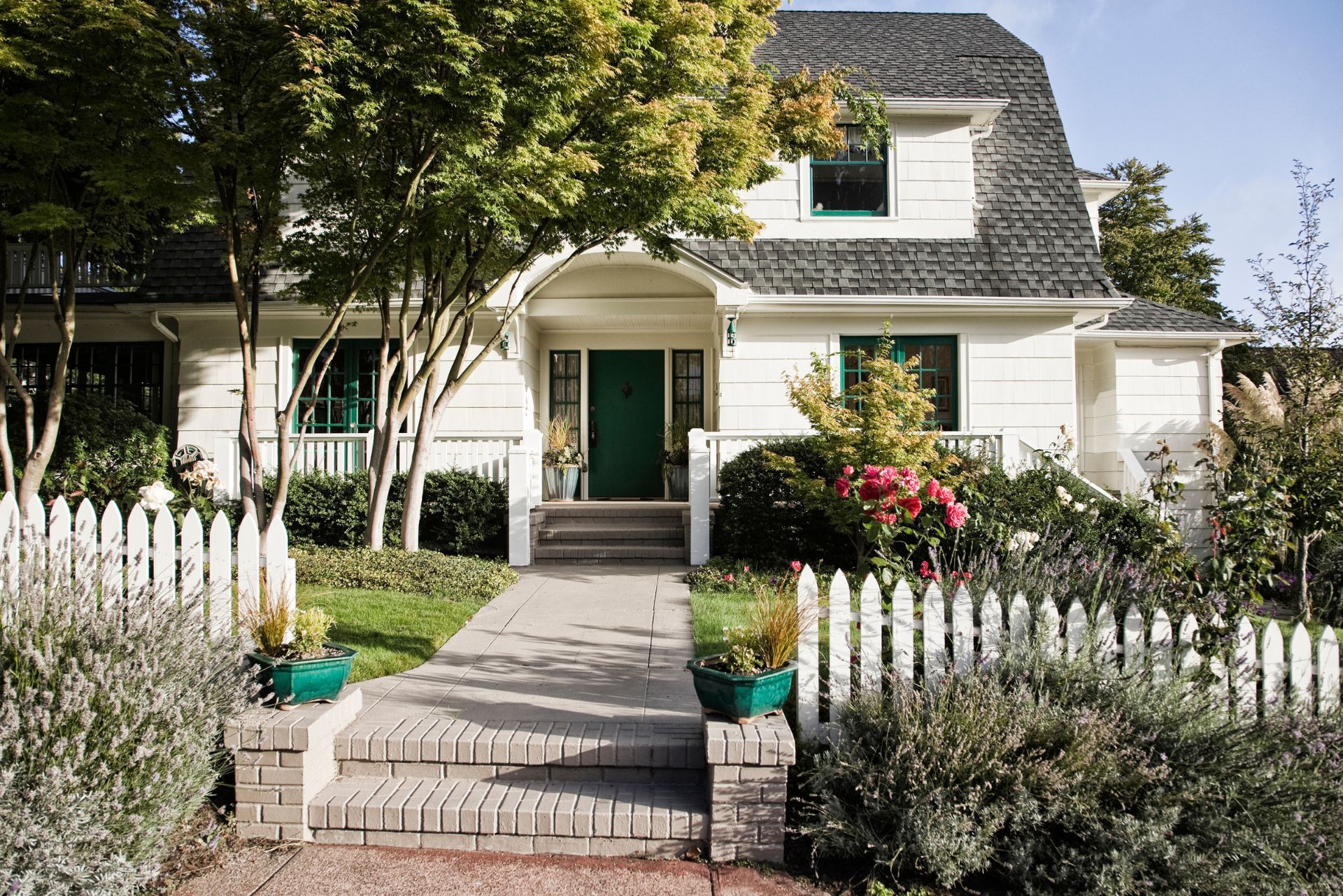Minnesota Secondary Home Insurance

See How We're Different
or call us: (763) 242-1668
Common Personal Insurance Policies
By: Matt Larsen
Owner of Capstone Insurance Group & Umbrella Insurance Advisor
763-242-1668
Index
Contact Us
Owning a secondary home in Minnesota can be a delightful investment, whether it serves as a vacation retreat, a rental property, or a place to escape the hustle and bustle of daily life. However, with the joys of owning a secondary home come responsibilities, particularly when it comes to insurance. Understanding Minnesota
secondary home insurance is crucial to safeguarding your investment and ensuring peace of mind. This article delves into everything you need to know about secondary home insurance in the North Star State.
What is Secondary Home Insurance?
Secondary home insurance is a specialized type of coverage designed for homes that are not a primary residence. These properties may include vacation homes, cabins, or rental properties. Unlike standard homeowners insurance, secondary home insurance often comes with different terms, conditions, and coverage options tailored to the unique needs of these properties.
Key Differences from Primary Home Insurance
While both primary and secondary home insurance policies provide coverage for property damage and liability, there are notable differences. For instance, secondary home insurance typically has higher premiums due to the increased risk associated with properties that are not occupied year-round. Insurers may also impose stricter conditions regarding maintenance and security.
Additionally, secondary homes might not qualify for certain discounts that primary residences do, such as those for bundling policies or having a long-standing relationship with an insurer. Understanding these differences is essential for homeowners looking to protect their secondary properties effectively. Furthermore, the underwriting process for secondary homes can be more rigorous, often requiring detailed inspections and assessments of the property’s condition and location. This can lead to variations in coverage limits and exclusions that homeowners should be aware of when selecting a policy.
Why You Need It
Having secondary home insurance is not just a good idea; it is often a necessity. This type of insurance protects against various risks, including fire, theft, vandalism, and natural disasters. In Minnesota, where harsh winters can lead to unique challenges like ice damage and snow accumulation, having the right insurance coverage is vital.
Moreover, if you plan to rent out your secondary home, liability coverage becomes even more critical. If a tenant or guest is injured on your property, you could be held liable for their medical expenses and other damages. Secondary home insurance helps mitigate these risks and provides financial protection. Additionally, many policies offer optional coverages that can further enhance your protection, such as coverage for personal property within the home or loss of rental income in case of a covered event. This flexibility allows homeowners to tailor their insurance to fit their specific needs, ensuring comprehensive protection for their valuable investment.

Types of Coverage Available
When considering secondary home insurance, it is essential to understand the various types of coverage options available. Each policy can be customized to meet the specific needs of the homeowner, ensuring that the right protection is in place.
Property Coverage
Property coverage is the cornerstone of any secondary home insurance policy. This coverage typically protects the physical structure of the home, including the roof, walls, and foundation, as well as any attached structures like garages or decks. In Minnesota, where severe weather can cause significant damage, having robust property coverage is crucial.
Additionally, property coverage often extends to personal belongings within the home, such as furniture, appliances, and electronics. Homeowners should take inventory of their possessions and ensure that their policy covers the full value of these items, especially if they are valuable or unique. It’s also wise to consider adding endorsements for high-value items like jewelry or art collections, as standard policies may have limitations on coverage for these types of possessions.
Liability Coverage
Liability coverage protects homeowners from legal claims arising from injuries or damages that occur on their property. This is particularly important for secondary homes that may host guests or renters. In Minnesota, where outdoor activities are popular, the risk of accidents can increase significantly.
Liability coverage typically covers medical expenses, legal fees, and any settlements or judgments that may arise from a lawsuit. Homeowners should consider the level of liability coverage they need based on how often they rent out their property and the number of guests they expect. Furthermore, it may be beneficial to look into umbrella insurance policies, which provide additional liability coverage beyond the limits of a standard home insurance policy, offering extra peace of mind for those who frequently entertain or host events.
Additional Living Expenses (ALE)
In the event that a secondary home becomes uninhabitable due to a covered loss, Additional Living Expenses (ALE) coverage can help homeowners manage the costs associated with temporary housing and other living expenses. This can be particularly beneficial for properties that are rented out, as it ensures that homeowners are not financially burdened during the repair process.
ALE coverage typically includes costs for hotel stays, meals, and other necessary expenses incurred while the home is being repaired. Homeowners should review their policy to understand the limits and conditions of this coverage. It’s also advisable to keep receipts and documentation of all expenses, as this will facilitate the claims process and ensure that homeowners are reimbursed for their out-of-pocket costs. Understanding the duration of ALE coverage is equally important, as some policies may only cover expenses for a limited time, which could be a critical factor during extensive repairs.
Factors Affecting Premiums
The cost of secondary home insurance premiums can vary significantly based on several factors. Understanding these factors can help homeowners make informed decisions when selecting a policy.
Location
The location of the secondary home plays a significant role in determining insurance premiums. Homes situated in areas prone to natural disasters, such as floods or wildfires, may face higher rates. In Minnesota, properties near lakes or in wooded areas might be at greater risk for certain types of damage, influencing the overall cost of coverage.
Additionally, local crime rates can affect premiums. Homes in areas with higher crime rates may incur additional charges due to the increased risk of theft or vandalism. It’s also worth noting that proximity to emergency services, such as fire departments and hospitals, can have a positive impact on premiums. Homes located closer to these services may benefit from lower rates, as they are often seen as being at a reduced risk for severe damage or loss.
Property Characteristics
The characteristics of the secondary home itself also impact insurance costs. Factors such as the age of the home, its construction materials, and the presence of safety features (like smoke detectors and security systems) can all influence premiums. Newer homes with modern safety features may qualify for discounts, while older homes may face higher rates due to increased risks of damage. Furthermore, the size and layout of the property can also play a role; larger homes often require more coverage, which can lead to higher premiums. Homes with unique architectural features or those built in high-risk areas may also attract additional scrutiny from insurers, further affecting costs.
Usage of the Property
How the secondary home is used can significantly affect insurance premiums. Homes that are rented out may require additional coverage, such as landlord insurance, which can increase costs. Conversely, homes that are used solely for personal enjoyment may have different coverage needs and potentially lower premiums. For example, a property that is frequently occupied by family and friends may be eligible for a different type of policy compared to one that remains vacant for long periods. Insurers often consider the frequency of occupancy, as vacant homes are at a higher risk for issues like vandalism or undetected maintenance problems, which can lead to costly claims.
Moreover, homeowners who engage in specific activities at their secondary homes, such as hosting large gatherings or operating a home-based business, may also need to disclose this information to their insurers. These activities can introduce additional risks that could impact the overall premium. Understanding the nuances of how a property is used can help homeowners tailor their insurance policies to better fit their needs while potentially saving money in the long run.

Common Exclusions in Secondary Home Insurance
While secondary home insurance provides valuable coverage, it is essential to be aware of common exclusions that may apply. Understanding these exclusions can help homeowners avoid surprises when filing a claim.
Natural Disasters
Many standard secondary home insurance policies exclude coverage for certain natural disasters, such as floods and earthquakes. In Minnesota, homeowners should be particularly aware of flood risks, especially if their property is located near water bodies. Purchasing separate flood insurance may be necessary to ensure adequate protection. Additionally, it's important to note that even in areas not typically prone to flooding, heavy rainfall or rapid snowmelt can lead to unexpected water damage, making it crucial for homeowners to assess their risk and consider proactive measures, such as installing sump pumps or drainage systems.
Negligence and Maintenance Issues
Insurance policies typically do not cover damages resulting from negligence or lack of proper maintenance. For instance, if a homeowner fails to winterize their property and it suffers damage due to frozen pipes, the insurance claim may be denied. Regular maintenance and inspections are crucial to keeping a secondary home in good condition and ensuring coverage remains valid. Homeowners should also document their maintenance efforts, as having a clear record can be beneficial if a claim is ever contested. Furthermore, seasonal checks, such as inspecting roofs for leaks or ensuring that gutters are clear, can prevent minor issues from escalating into significant problems that could lead to costly repairs.
Personal Property Limits
While personal property coverage is a component of secondary home insurance, there are often limits on specific high-value items, such as jewelry, art, or collectibles. Homeowners should review their policy to understand these limits and consider purchasing additional coverage or endorsements for valuable items. It's also wise to keep an updated inventory of personal belongings, including photographs and receipts, to facilitate the claims process in the event of theft or damage. This inventory can serve as a crucial reference point, ensuring that all items are accounted for and valued appropriately, thereby reducing the likelihood of disputes with the insurance provider.
How to Choose the Right Policy
Choosing the right secondary home insurance policy is a critical step in protecting your investment. Here are some tips to help homeowners make informed decisions.
Assess Your Needs
Before shopping for insurance, homeowners should assess their specific needs. Consider factors such as how often the property will be used, whether it will be rented out, and the value of personal belongings within the home. This assessment will help determine the appropriate coverage levels and types needed. Additionally, homeowners should think about the location of the secondary home; properties in areas prone to natural disasters like floods or earthquakes may require specialized coverage to mitigate those risks.
Compare Quotes
Obtaining quotes from multiple insurance providers is essential for finding the best coverage at the most competitive price. Homeowners should compare not only the premiums but also the coverage options, deductibles, and any additional features offered by each policy. It is also beneficial to read customer reviews and check the financial stability of the insurance companies being considered. A reputable insurer with a strong track record will provide peace of mind in the event of a claim. Furthermore, consider asking about discounts that may be available, such as bundling policies or having security systems installed, which can significantly reduce overall costs.
In addition to traditional insurance comparisons, homeowners might explore online platforms that aggregate quotes from various insurers, making it easier to see a wide range of options side by side. This can save time and help in identifying the best value for the coverage needed. Understanding the nuances of each policy, including exclusions and limitations, is crucial to ensuring that the chosen plan aligns with the homeowner's expectations and requirements.
Consult with an Insurance Agent
Working with an experienced insurance agent can simplify the process of selecting the right secondary home insurance policy. Agents can provide valuable insights into coverage options, help navigate complex insurance terms, and ensure that homeowners understand their policies fully. They can also assist in tailoring a policy that fits unique circumstances, such as seasonal occupancy or specific high-value items that may need additional coverage.
Moreover, a knowledgeable agent can keep homeowners informed about changes in the insurance market or new products that may better suit their needs over time. They can also act as advocates in the event of a claim, ensuring that the homeowner receives fair treatment and adequate compensation. This relationship can be invaluable, especially for those who may not have extensive experience with insurance matters. By fostering a good rapport with an agent, homeowners can feel more secure in their insurance choices and confident that they have support when it matters most.
Tips for Lowering Insurance Premiums
Increase Your Deductible
One of the most straightforward ways to lower insurance premiums is to increase the deductible. A higher deductible means that the homeowner will pay more out of pocket in the event of a claim, but it can significantly reduce monthly premiums. Homeowners should ensure they can comfortably afford the higher deductible before making this decision.
Bundle Policies
Many insurance companies offer discounts for bundling multiple policies, such as home and auto insurance. Homeowners should inquire about bundling options with their insurance provider to take advantage of potential savings.
Implement Safety Features
Installing safety features in the secondary home can lead to lower insurance premiums. Features such as security systems, smoke detectors, and fire extinguishers can reduce the risk of damage and may qualify for discounts. Homeowners should check with their insurer to see which safety measures can lead to premium reductions.
Conclusion
Investing in a secondary home in Minnesota can be a rewarding experience, but it is essential to understand the importance of having the right insurance coverage. Minnesota secondary home insurance provides crucial protection against risks and liabilities, ensuring that homeowners can enjoy their properties with peace of mind.
By understanding the types of coverage available, factors affecting premiums, and common exclusions, homeowners can make informed decisions when selecting a policy. With careful consideration and planning, homeowners can protect their investments and enjoy all that Minnesota has to offer.





